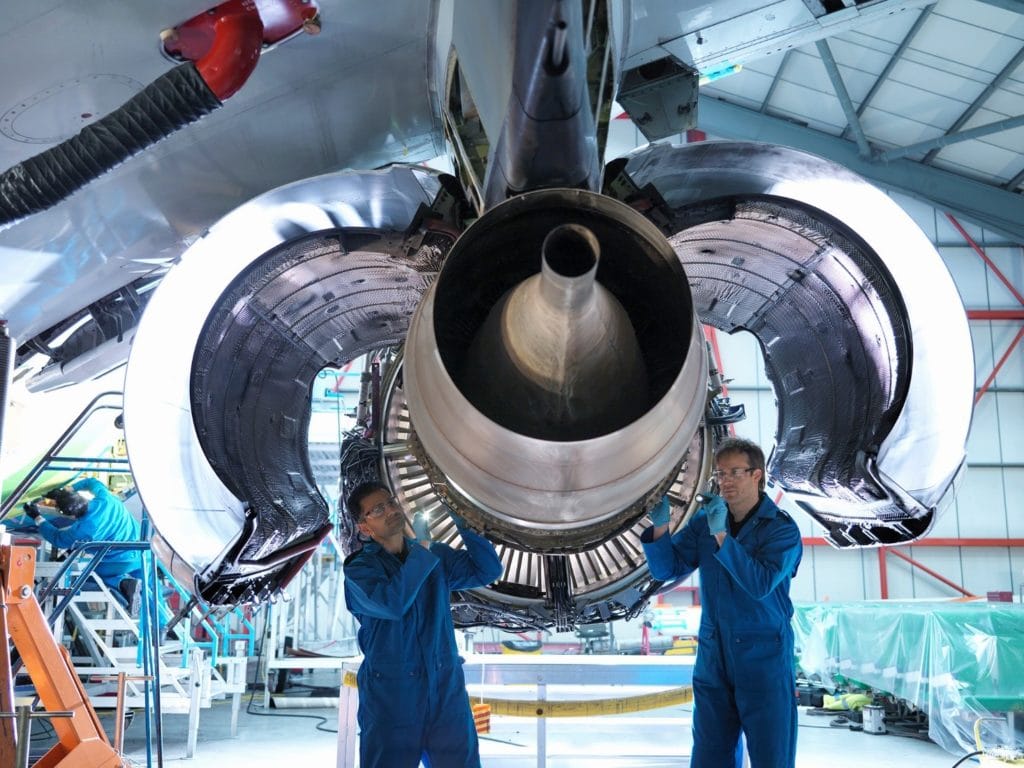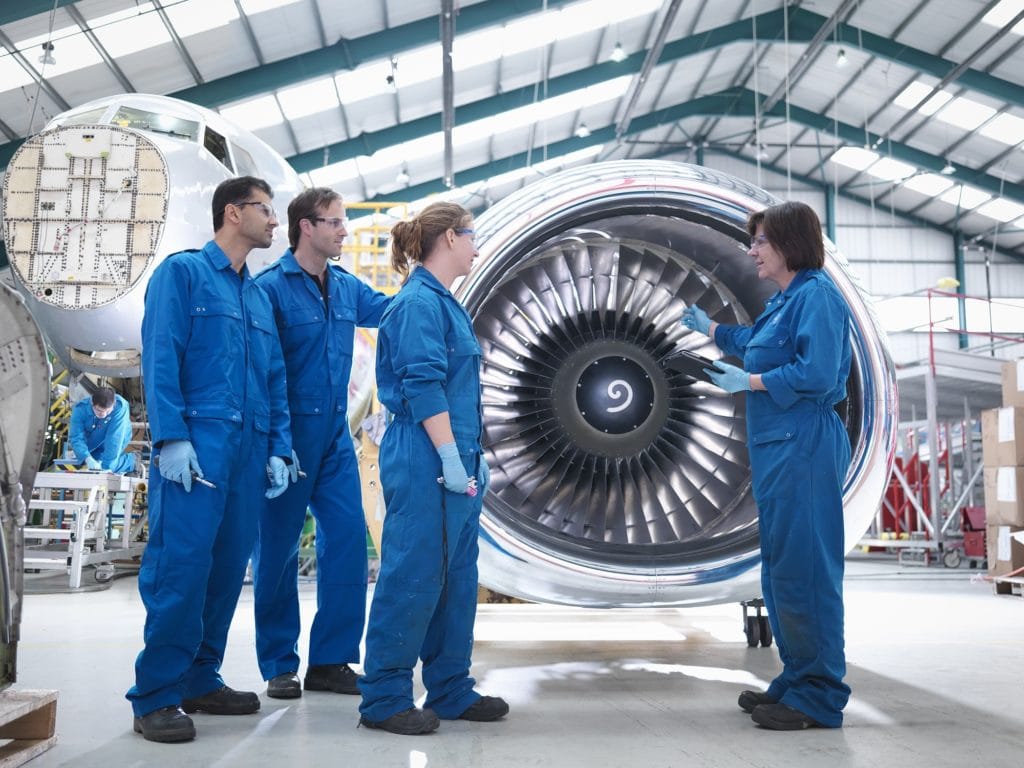Ever experience the frustration of having to walk to a printer far away to get your printouts? For the team at KLM UK Engineering, in the worst case that distance was 250 metres.
Each way.
It’ll come as no surprise to you that, as a subsidiary of the AFI KLM E&M Network, the KLM UK Engineering team knows its way around aircraft. The team provides maintenance to Embraer 170/190, Boeing 737 All Series, Airbus A320 Family, BAe 146 & Avro RJ and Fokker 70/100 type, with the engineers knowing every nut, bolt, airframe and wing box on all of them.
The company has been operating for over 40 years and prides itself on having an experienced and skilled work force - delivering a superior service and high quality product at a competitive price to its customer base.
“Each aircraft check generates between 5,000 and 20,000 sheets of paper,” says Mark Walker, IT Manager at KLM UK Engineering. Mark’s speaking from his office in a hangar in Norwich, England.
Mark leads a lean team of six that’s kept busy looking after the IT estate, which comprises of 500 users, 450 endpoints, 50 virtual machines hosted on 10 physical hosts in 2 computer rooms.

The happiness survey
As with many successful companies, KLM UK Engineering is always looking for opportunities to improve. One such opportunity presented itself when the results of a recent ‘Happiness’ survey were analysed.
“Printing came out as the second biggest problem in the company,” Mark recalls.
“We are still reliant on paper. If the non-routine job cards don’t come out of the printer, then this impacts the engineer’s ability to sign off the work.”
The problem here isn’t that the printers weren’t working - it’s more about the way the engineers worked, moving from bay to bay and needing their print jobs to follow them.

“It’s probably the most important thing for the hangar floor, because if they can’t get the manuals and the non-routine job cards out in time, it delays the aircraft from departing because they can’t sign off the CRS -Certificate of Release to Service - paperwork.”
The long walk
“One of the biggest issues we had is that the engineers move from hangar to hangar”, Mark continues. “The engineers use a platform called RDS -Remote Desktop Services - and we struggled to find a script or mechanism to allow them to log on to one terminal in one hangar, print to that printer, and then move to another hangar and print to that hangar’s printer.
“If non-routine jobs cards have been printed out, we were able to track the destination and inform the engineer which bay printer they were on. This could sometimes involve a 500 metre walk to another hangar to avoid a paperwork exercise of signing off the missing non-routine card.”
Imagine that for a moment – walking half a kilometre to pick up a print job.
PaperCut to the rescue
“We tried all sorts of options and couldn’t find anything. And then came across your product,” Mark says.
“One of my colleagues Daniel Johnson said, ‘Why don’t we try PaperCut?’ There were some noises about it being too expensive, but when boiled down it had the simplest pricing model, which is visible on your website.
“So far to date it’s only been in three or four months, but the headache and the problems have disappeared for me. We literally get one or two assistance requests a week now for printing, and that’s usually because their employee number is not synced, or maybe they’re not even setup yet.”
More than just travel time saved
It’s not just the reduction in distance covered that’s had an impact; there’s been positive news for the bottom line as well.
“I had a quick look on Sunday to see the number of prints that haven’t been collected and the number of prints that have been cancelled,” Mark offers. “And we’ve certainly saved something in the region of between £3-4,000 GBP worth of print costs already. And the solution’s only been live for a few months.
“If I extrapolate that, we’re going to make some considerable savings, which is going to pay for the software itself.”

So what impact does Mark think the PaperCut rollout will have on the next happiness survey for KLM UK Engineering?
“I am pretty confident that the printing problem is going to have reduced dramatically,” Mark reckons. “We had a whole fleet replacement as well as the rollout of PaperCut, and the only thing I hear nowadays is engineers saying that they really like it and it’s taken away the headache. It’s just not a problem anymore.”
All photography is by Monty Rakusen




